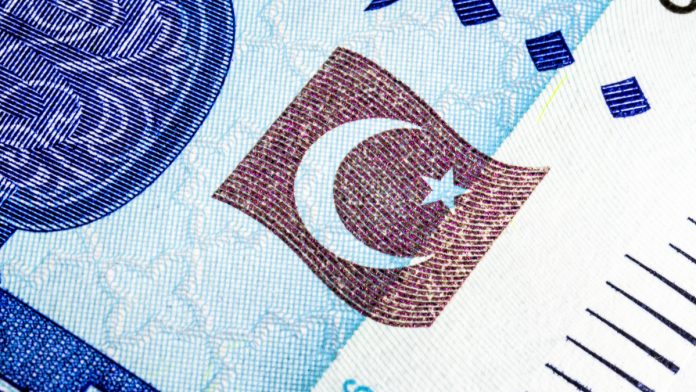- Pakistan Rupee (PKR) strengthens for third straight session
- Rising foreign exchange reserves boost the Rupee
- US Dollar (USD) declines despite stellar jobs report
- Attention on Biden’s $2 billion infrastructure spend
The US Dollar Pakistan Rupee (USD/PKR) exchange rate is trading lower for a third straight session on Wednesday. The pair settled -0.8% lower in the previous session at 152.75. At 17:50 UTC, USD/PKR trades -0.2% at 152.31.
The Pakistan Rupee continues to gain strength against the greenback. The strong appreciation in the Rupee remained on track after Pakistan received $500 million from the International Monetary Fund on Tuesday evening, as a loan tranche under the Extended Fund Facility (EFF).
The State Bank of Pakistan confirmed receipt of the money which will help build foreign exchange reserves in Pakistan and reduce pressure on the external accounts. The arrival of these reserves are expected to push total foreign exchange reserves over $21 billion.
Also supporting the Rupee, the government launched a three tranche bond deal, this was the first international bond sale since 2017.
The US Dollar weakened across the board on Wednesday. The US Dollar Index, which measures the greenback versus a basket of major peers trades -0.2% at the time of writing, off its 4 month high but still over 93.00.
The US Dollar has eased lower as US treasury yields slip following slightly weaker than forecast ADP private payroll data and as Biden is set to unveil a $2 trillion infrastructure plan along with corporate tax rises.
The US ADP payroll data revealed that 517,000 jobs were added in March, the most in 6 months. As more Americans are being vaccinated the economy is moving towards a broader reopening supporting the jobs market. This is a significant jump from last month’s 176,000 but was still just slightly short of the 550,000 that analysts had been expecting.
Attention is now firmly on President Biden, who is set to lay out the details of a $2 trillion spend shortly. The $2 trillion figure, whilst enormous, is slightly short of the $3- $4 trillion that was expected.
.





